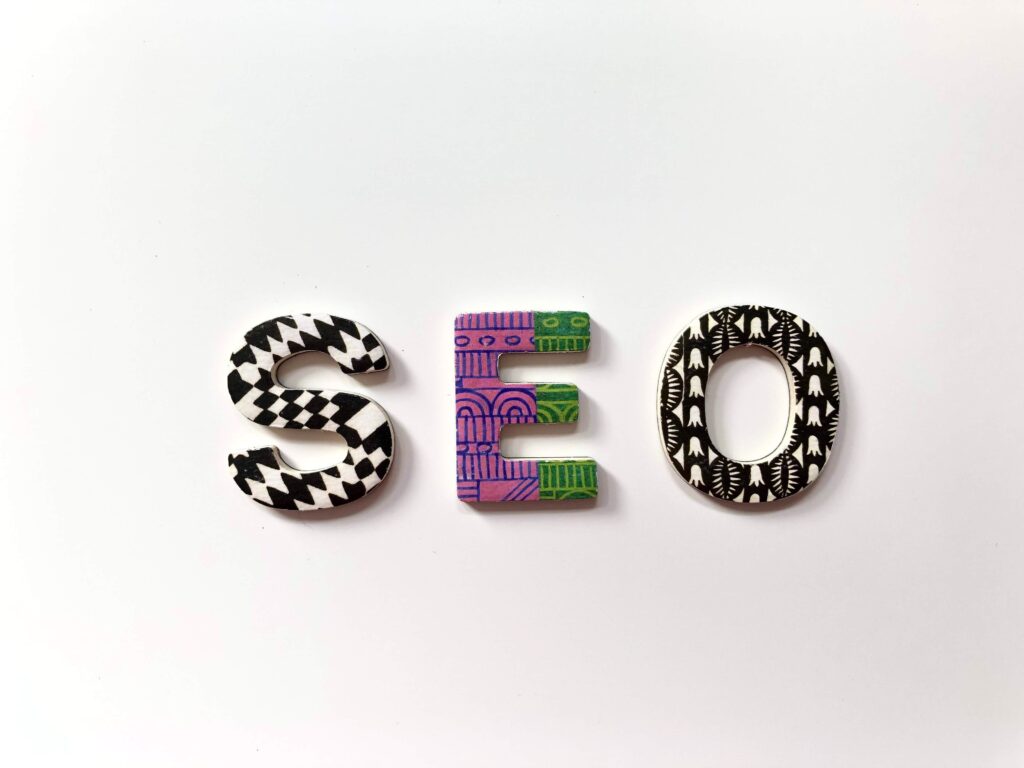
5 Ways to Keep Your Audience Focused During a Presentation
The art of captivating an audience isn’t just about the quality of the content you present but also how you present it. Keeping your audience focused is essential if you want your message to be remembered and acted upon. Here are five effective methods to engage your listeners and make sure they stay attentive throughout your presentation.
1. Storytelling: Transport Them to Another World
Illustration: A vivid scene showing a storyteller beneath a night sky, with listeners engrossed, as stars transform into the story’s elements.
Description: Humans are hardwired for stories. When information is woven into a narrative, it becomes relatable and memorable. Instead of listing dry facts, craft a story. Take your audience on a journey, and relate it back to the main point you’re trying to make.
Tip: Personal anecdotes often work well. They make the content memorable and establish a personal connection between the speaker and the audience.
2. Visual Engagement: Show, Don’t Just Tell
Illustration: A vibrant slide with minimal text, and instead, using infographics, images, and charts to represent data. The audience is depicted with eyes wide, following the visuals closely.
Description: A picture speaks a thousand words. Using powerful visuals – infographics, videos, and compelling slides – can simplify complex topics and keep the audience’s eyes glued to the screen.
Tip: Ensure your visuals support and don’t distract. Avoid cluttered slides; simplicity often leads to better understanding.
3. Interactive Moments: Get Them Involved
Illustration: Audience members raising their hands, some standing to participate in activities, while a presenter holds a microphone toward a volunteer.
Description: Engagement is a two-way street. Periodically involve your audience through Q&A sessions, polls, or simple exercises related to your topic. This keeps their minds active and ensures they feel like part of the discussion.
Tip: Digital tools like polling apps can be integrated into presentations to get instant feedback or survey the room without much disruption.
Must-Reads
- How to Wow Your Clients with Exceptional Customer Service
- How to Deal with Customer Service Issues
- Why Entrepreneurs Must Embrace Constructive Criticism
4. Pacing: Vary Your Rhythm and Tone
Illustration: A heart rate monitor depicting beats in sync with a presenter’s varying tone, showing lows (pauses, slow speech) and highs (exciting moments).
Description: Just like a good song has changes in rhythm and pitch, your presentation should vary in speed and tone. Use pauses effectively. Highlight crucial points with a change in pace or volume to re-capture attention.
Tip: Practice varying your pace and volume. Sometimes, slowing down during a critical point can be as effective as stressing it with a loud voice.
5. Body Language: Communicate with More Than Words
Illustration: A presenter using expansive gestures, with visual cues like “Open Stance,” “Engaging Eye Contact,” and “Animated Expressions” labeled.
Description: Over 50% of communication is non-verbal. Your posture, gestures, and facial expressions can either enhance or diminish your message. Stand confidently, use gestures to emphasize points, and maintain genuine eye contact to create a connection.
Tip: Record yourself presenting and observe your body language. Are you closed off, or are you inviting and engaging? Adjust accordingly.






Responses